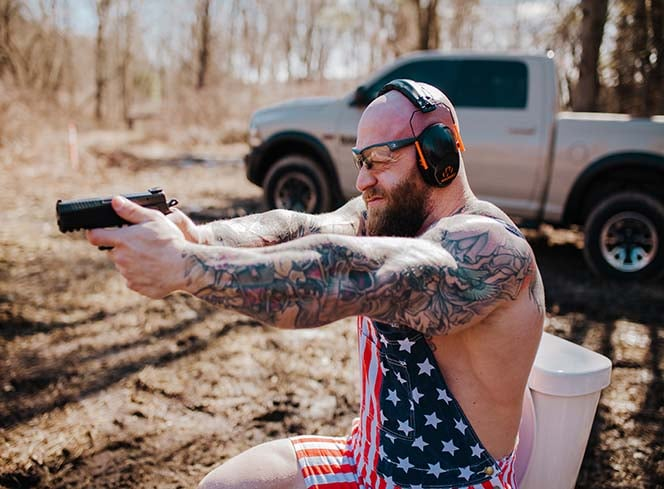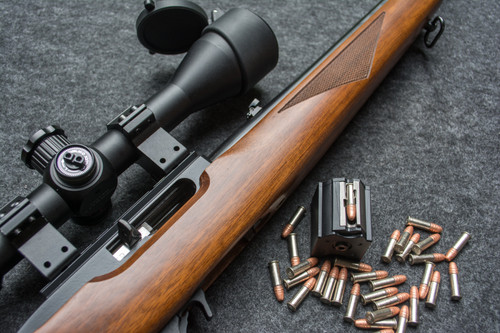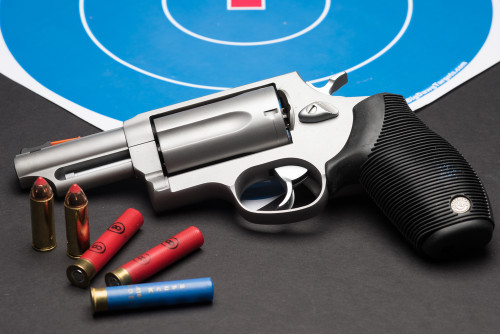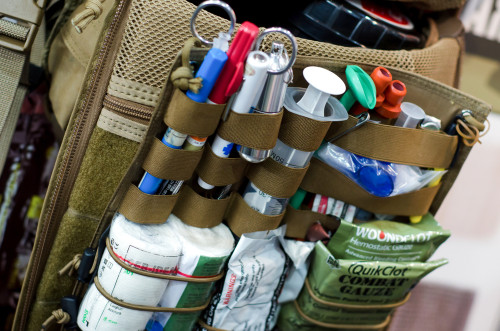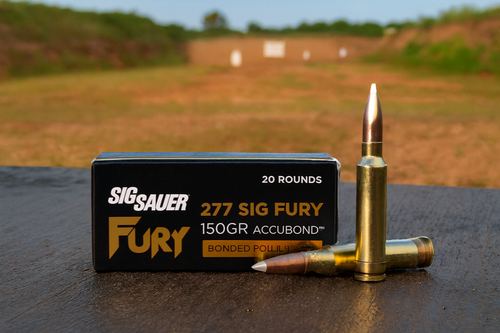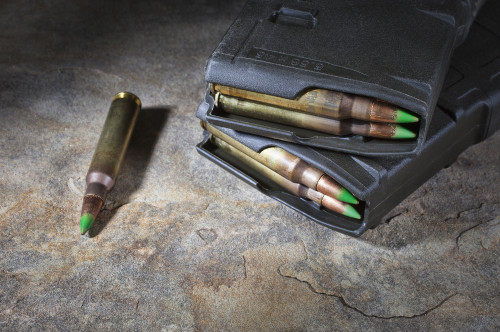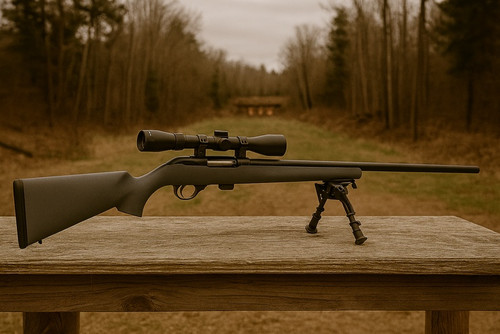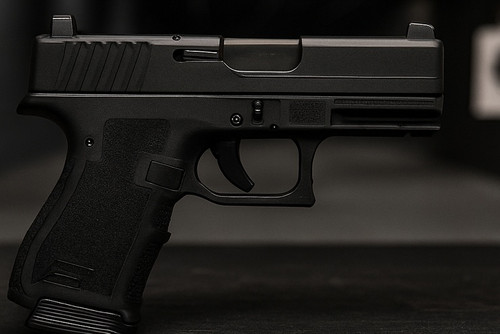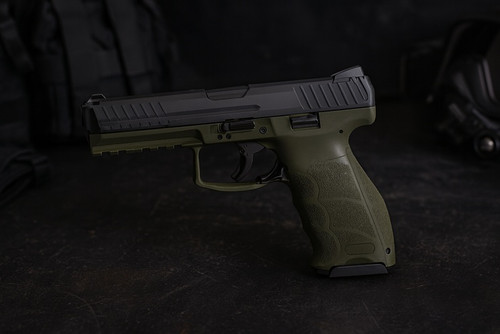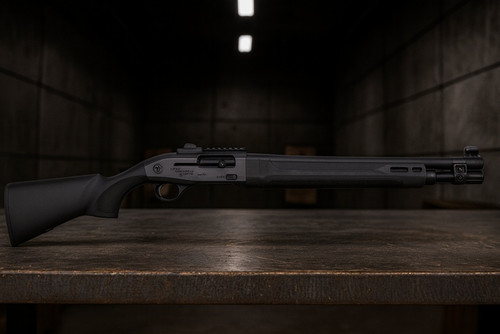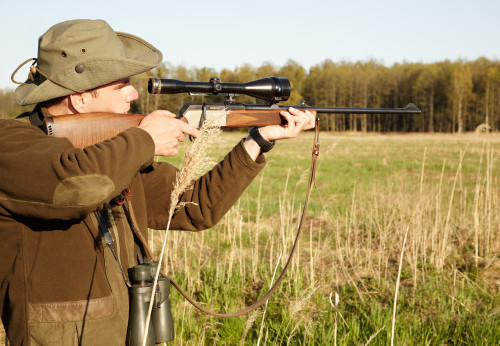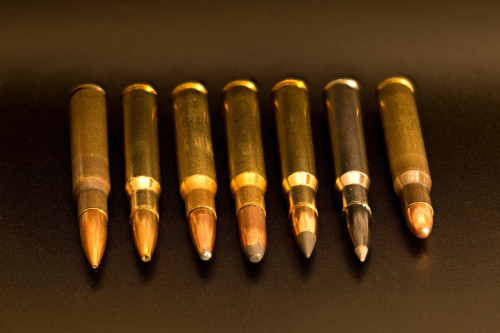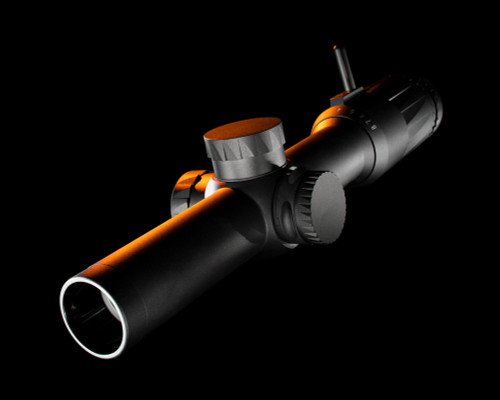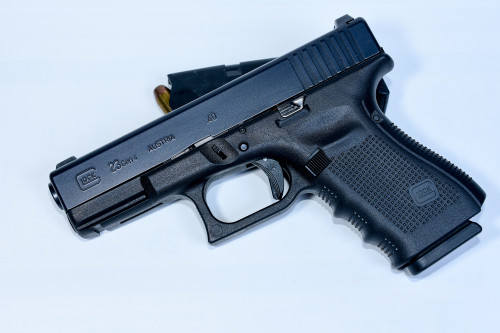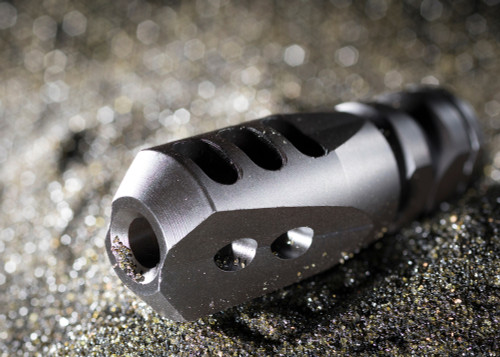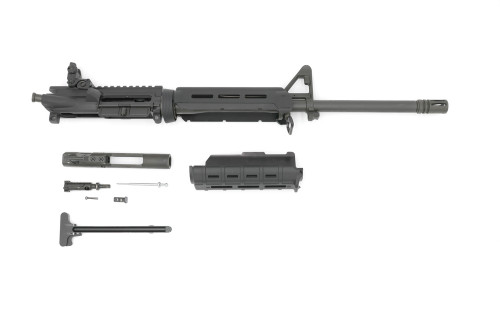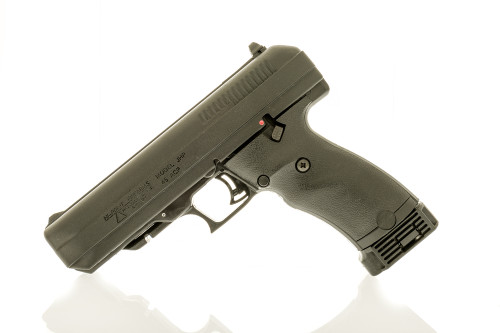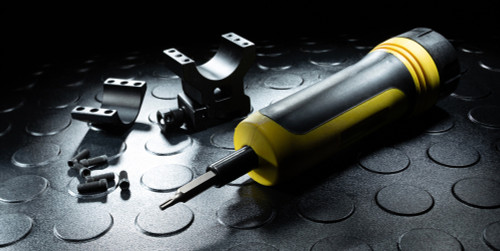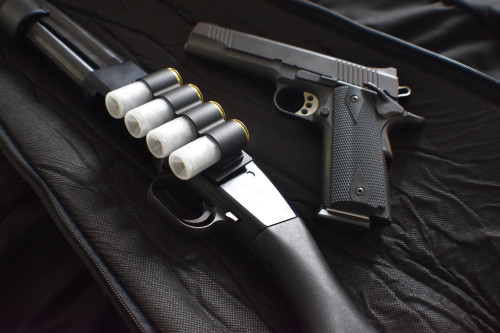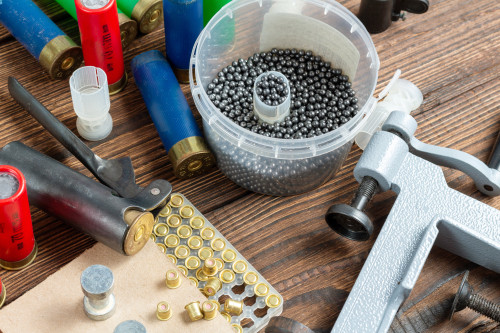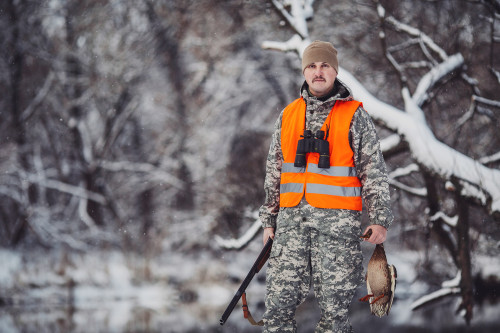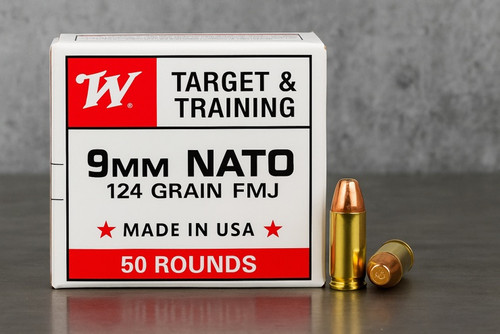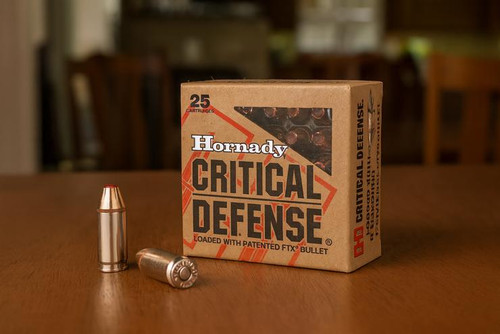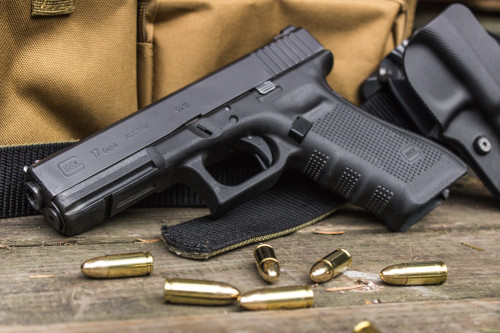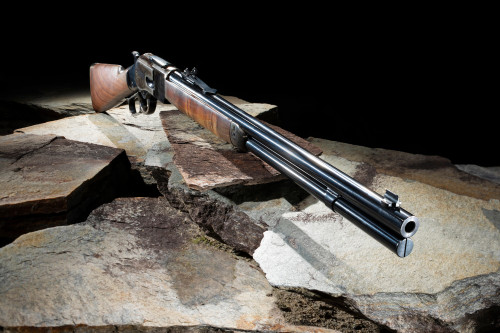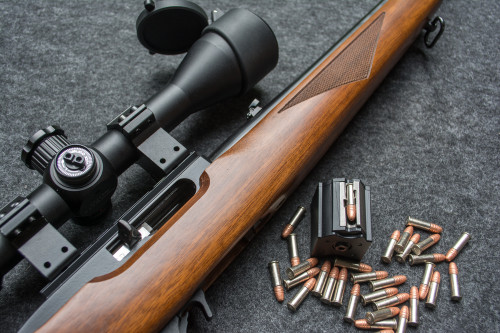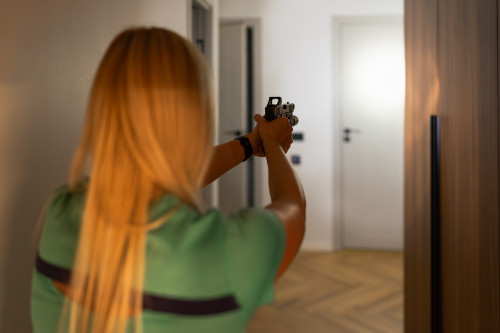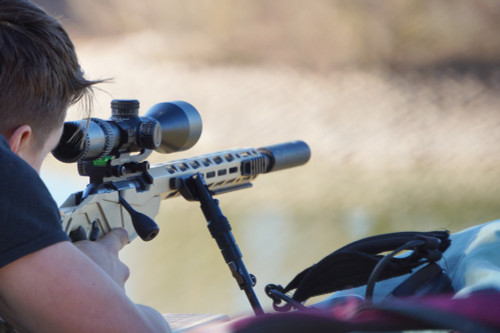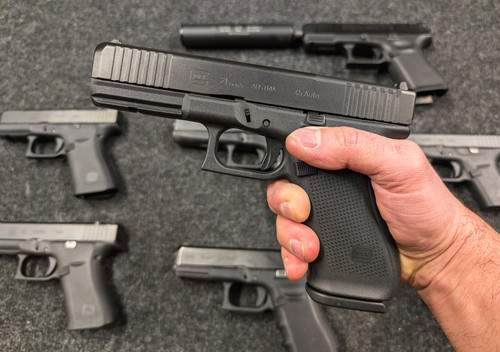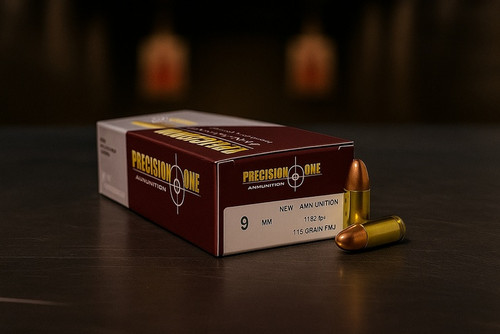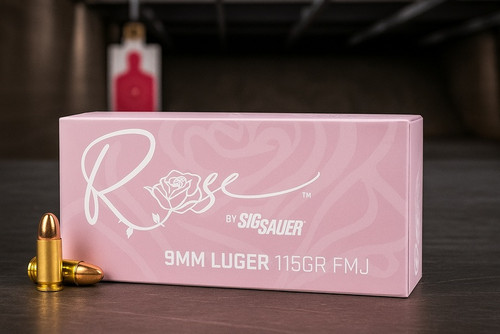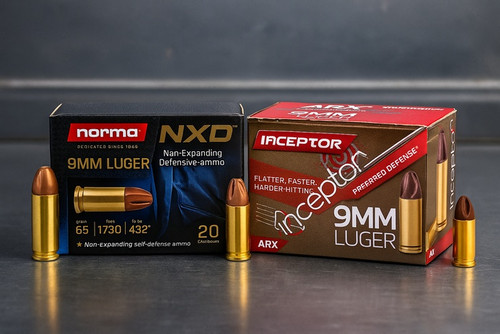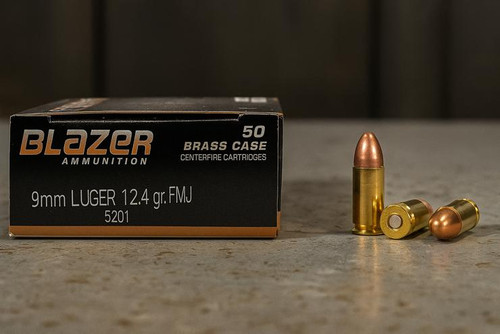The Sig Sauer P238 stands out among top pocket pistols in today's market. This small powerhouse feels like a 1911, but fits in a tiny frame. Many people carry it when bigger guns just won't fit.
Since 2009, the P238 has built a solid name for itself in a compact package. Gun fans often discuss whether this .380 belongs in their lineup. Our review covers everything from how it shoots to how it carries daily. We'll see if this mini 1911-style pistol truly deserves the title of best micro-compact .380.
History and Design
Sig Sauer launched the P238 in 2009 to meet growing demand for tiny carry guns. The design clearly honors the famous 1911 platform, but shrinks it to fit your palm. This single-action pistol borrows the 1911's safety, grip angle, and overall feel. Anyone who knows John Browning's classic design will spot these features right away.
Most shooters notice how much the P238 looks like the Colt Mustang. This isn't by chance – both guns share basic design features and how they work. Sig took this proven design and added their famous quality standards. The result fits places where normal guns can't go but still feels like a proper 1911.
The alloy frame and steel slide create a perfect mix of strength and lightweight. This blend of old-school design with new materials gives the P238 its special place among today's handguns. Sig makes many different versions with various finishes and grips, from basic models to fancy special editions.
Specifications and Features

The Sig Sauer P238 fits amazing features into its small frame. This tiny pistol is only 5.5 inches long with a 2.7-inch barrel. It weighs just 15 ounces empty, making it nearly unnoticeable during carry. The single-action trigger breaks cleanly and helps with accuracy despite the compact size.
Magazine options differ between models. Standard mags hold 6 rounds of ammunition. Extended 7-round magazines give you extra capacity if needed. Add one in the chamber for either 7+1 or 8+1 total rounds. That's pretty good for such a small gun.
SigLite Night Sights come standard on the P238. These glow-in-the-dark sights work well even in complete darkness. Many competitor guns only offer plain white dots. The thumb safety sits on the left side like a 1911 design. You can easily flip it on or off with your shooting thumb.
Most P238 models combine an aluminum frame with a stainless steel slide. Finish options range widely across different versions. All internal parts use high-quality stainless steel that resists rust and wear. Grip options include everything from simple rubber to fancy wood and pearl designs.
Ergonomics and Comfort
Despite its diminutive size, the P238 feels surprisingly substantial in hand. The 1911-inspired grip angle provides natural pointing characteristics that veteran shooters will appreciate. The grip texture strikes a good balance – aggressive enough for secure handling without being abrasive against skin or clothing during carry.
Hand size plays a major role in how comfortable this gun feels. Shooters with small to medium hands can achieve a full grip, but those with larger paws might find their pinky finger hanging off the bottom. Extended magazines with finger extensions help somewhat, providing a place for that third finger to rest.
The controls remain accessible despite the compact dimensions. The magazine release is positioned for easy thumb activation, and the slide lock lever can be reached without adjusting your grip. The manual safety, while initially stiff on new models, breaks in nicely with use and practice.
Recoil management benefits from the gun's all-metal construction. Unlike polymer-framed competitors, the P238's added heft helps tame the .380's already modest recoil. The beavertail extension prevents slide bite – a thoughtful feature given how high many shooters grip small pistols.
For extended range sessions, the P238 remains comfortable long after many micro-compacts would become punishing. The combination of manageable size, good balance, and mild recoil makes it a pocket pistol you'll actually enjoy shooting.
Performance at the Range

On the firing line, the P238 delivers performance that belies its small stature. The single-action trigger breaks cleanly with minimal travel, helping even novice shooters place accurate shots. Pull weight typically measures between 7-8 pounds – heavier than competition triggers but appropriate for a defensive pistol.
Accuracy impressed during testing at defensive distances. From 7 yards, tight groups of 2-3 inches come standard with practice. Pushing back to 15 yards, the gun remains capable of keeping shots within a standard silhouette target. The excellent SigLite sights deserve much credit here – they provide a clear sight picture that stands out against any target background.
The P238 shows no particular ammunition preference in terms of reliability. It cycles everything from budget practice rounds to premium defensive hollow points with equal enthusiasm. This ammunition flexibility represents a major advantage, as some .380 pocket pistols can be notoriously finicky about what they'll feed reliably.
Recoil feels more like a firm push than a sharp snap. The all-metal frame absorbs much of the energy, making follow-up shots faster and more controlled. Even recoil-sensitive shooters find the P238 manageable after brief acclimation. Muzzle flip exists but recovers quickly between shots.
After 1,000+ rounds through the gun, no significant issues appeared. The break-in period passed without a single malfunction, speaking to Sig's quality control standards. For a gun intended for personal protection, this reliability record inspires confidence where it matters most.
Concealability and Carry Options
The P238 truly shines in the concealed carry department. Its compact dimensions and light weight make it disappear under almost any clothing choice. Women particularly appreciate its size when dealing with fashion constraints that limit carrying options for larger firearms.
Summer clothing presents no challenge for the P238. It slides easily into pocket holsters, ankle rigs, or small inside-the-waistband holsters without printing or discomfort. The flat sides and minimal controls prevent snagging on clothing during draws. For deep concealment situations, few guns match its combination of firepower and discretion.
Specialized carry methods open up with a gun this size. Thigh holsters under dresses, belly bands under athletic wear, and even ankle carry become practical options. The P238's weight doesn't pull down clothing or create uncomfortable pressure points during all-day carry.
The limited ammunition capacity presents the most significant compromise. Six or seven rounds plus one in the chamber falls well short of today's double-stack compacts. Carrying a spare magazine becomes advisable – fortunately, the flat magazines conceal almost as easily as the gun itself. Some models come with both standard and extended magazines, giving carriers flexibility based on their clothing choices.
Despite capacity limitations, the P238 often becomes the gun that actually gets carried when larger options stay home. As the saying goes, the best gun in a fight is the one you have with you. The P238's remarkable concealability ensures it's always available when needed.
Reliability and Maintenance

After years of field testing across thousands of users, the P238 has established a solid reputation for reliability. Early production models reportedly had some teething issues, but current versions perform with the dependability Sig Sauer fans expect. The gun digests various ammunition types without complaint – a crucial factor for defensive firearms.
Field stripping follows a straightforward process similar to a 1911. Remove the magazine, lock the slide back, rotate the takedown lever, then slide the upper assembly forward off the frame. No tools or trigger pulls are required for basic disassembly, making routine cleaning simple and safe.
The all-metal construction means paying attention to proper lubrication points. The slide rails, the top of the ejector bar, and other friction surfaces benefit from a light coat of quality gun oil. Over-lubrication should be avoided as it can attract pocket lint and debris during carry.
Maintenance needs remain minimal with regular cleaning. The robust build quality prevents premature wear even with regular practice sessions. Springs maintain their tension well beyond reasonable round counts. Sig recommends changing the recoil spring around 1,500 rounds, but many users report trouble-free function well beyond that mark.
The tight tolerances and quality control that Sig puts into these guns means parts fit precisely with minimal slop. This translates to consistent operation and long-term durability that justifies the premium price point. For a defensive carry gun, this peace of mind carries significant value.
Aesthetic and Customization Options
Sig offers the P238 in an impressive array of finishes and styles. From utilitarian black Nitron to eye-catching engraved editions with custom grips, there's likely a variant that matches your personal taste. The Rainbow titanium and HD models feature striking color treatments that turn this functional tool into a conversation piece.
Grip options range from basic rubber to rosewood, G10, and even pearl for those seeking something distinctive. The standard grips can be easily swapped out, opening up a robust aftermarket for customization. Companies like Hogue, VZ Grips, and others offer textures and materials to suit any preference.
Beyond cosmetics, practical customization options exist. Trigger kits can reduce pull weight slightly for competition use. Extended magazine base plates improve grip real estate. Laser sights from Crimson Trace and similar companies add aiming capability in low-light situations when the iron sights aren't visible.
Holster selection remains excellent given the gun's popularity. Every major holster manufacturer offers multiple options designed specifically for the P238. This availability means finding the perfect carry solution requires no compromise – a luxury not always available with less common firearms.
The P238's 1911 heritage extends to the emotional connection many owners feel. Like it's bigger cousin, this little Sig often becomes more than just a tool. The combination of excellent craftsmanship, attractive aesthetics, and personal customization options creates an attachment that transcends purely practical considerations.
Comparative Analysis
The small .380 market gives you several options besides the P238. Ruger's LCP costs about half as much as the Sig. Its polymer frame feels different in hand. The basic sights and sharper recoil show why the LCP costs less. Many buyers think the Sig's metal build and better grip feel justify the higher price tag.
Glock makes the G42 for this category with its simple striker-fired design. It holds one more bullet than the P238. The Sig comes with better sights right from the factory. Its trigger breaks more cleanly when fired. Some shooters prefer the manual safety on the P238. Your choice depends on whether you like 1911-style controls or Glock's simpler system.
Smith & Wesson Bodyguard .380 sits between the Ruger and Sig in price. It comes with a built-in laser sight that many people like. The trigger pull feels much heavier and longer than the crisp P238. Its polymer frame makes it lighter to carry. This lighter weight creates more felt recoil when shooting.
Kimber's Micro .380 matches the P238 most closely in design and quality. Both guns share 1911 heritage and premium build standards. The Sig offers better value with standard night sights included. Kimber charges extra for night sights on most models.
Some shooters look at small 9mm pistols like the Sig P365 as alternatives. These guns fire stronger ammo and hold more rounds. They also weigh more and kick harder when fired. The P238 excels at comfort during shooting and disappears better when carried.
Pros and Cons
Pros:
- Exceptional build quality with premium materials
- Outstanding concealability due to small size and weight
- Mild recoil makes it approachable for sensitive shooters
- Excellent SigLite Night Sights come standard
- 1911-style controls familiar to many shooters
- Surprisingly good accuracy for its size
- Reliable with various ammunition types
- Attractive design with multiple aesthetic options
Cons:
- Higher price point than many competitors
- Limited capacity (6+1 or 7+1)
- .380 ACP offers less stopping power than 9mm
- Manual safety requires training and consistent practice
- Small size may be difficult for larger hands
- Single-action only requires carrying cocked and locked
Conclusion
The Sig Sauer P238 carves out a specific niche in the concealed carry world. This micro-compact delivers 1911-inspired handling in a package small enough to disappear under the lightest clothing. Its premium construction, excellent sights, and reliable performance justify the higher price for many shooters.
Does it deserve the title of best micro-compact .380? For those who value quality construction, shooting comfort, and classic styling – absolutely. The P238 represents the premium choice in its category. Budget-conscious buyers might find better value elsewhere, but few competitors match its combination of shootability and concealability.
The final decision comes down to your specific needs and preferences. If you want a micro-compact that doesn't feel like a compromise in quality or shooting experience, the P238 deserves your serious consideration. Its blend of old-school craftsmanship with modern defensive capability makes it a standout option for discerning carriers. The question isn't whether the P238 is a great gun – it clearly is. The real question is whether it's the right gun for your unique carry needs.
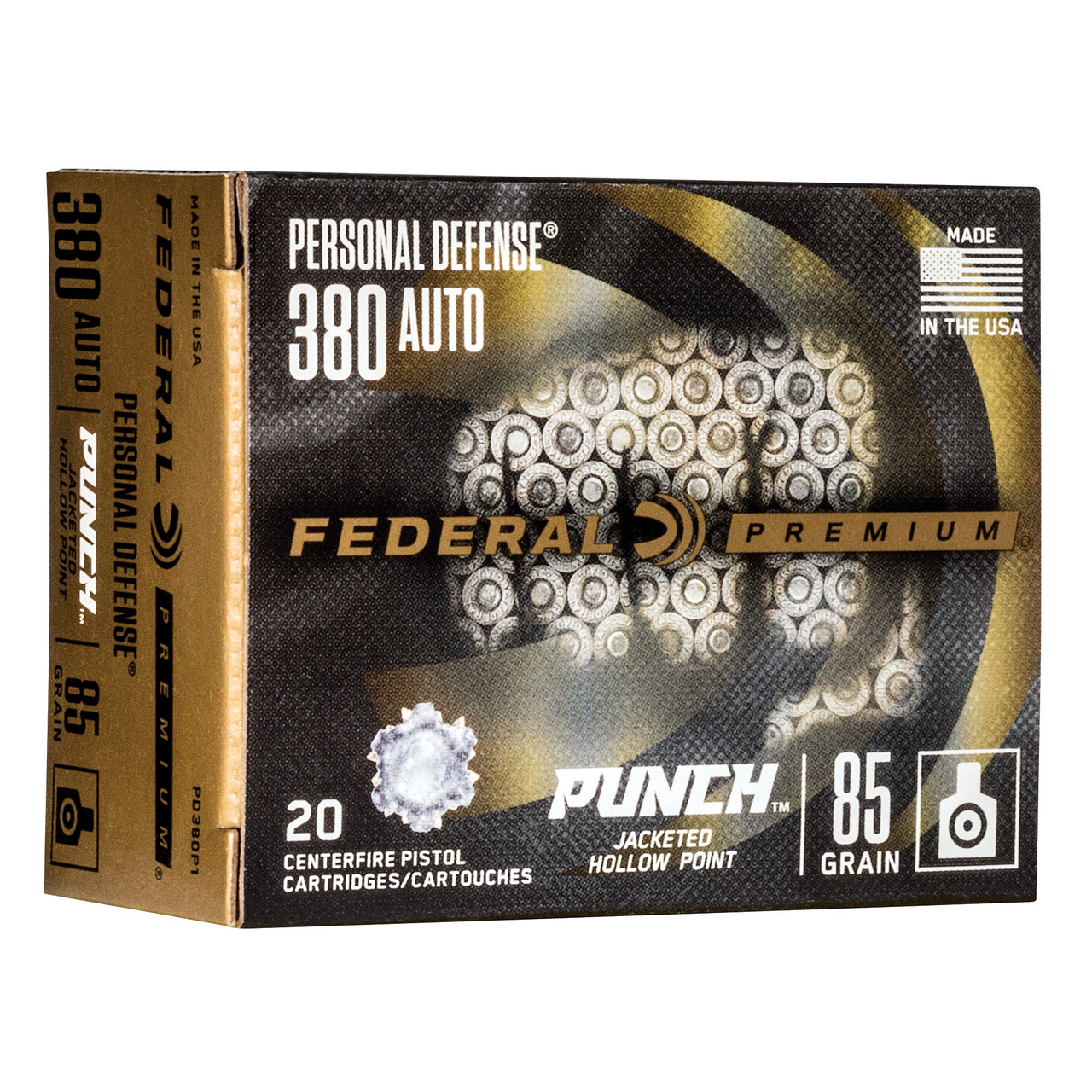
Federal Premium .380 ACP Punch 85gr JHP
$17.34
at Pro Armory
Prices accurate at time of writing
FAQs
Is the .380 ACP powerful enough for self-defense?
The .380 ACP can be effective for self-defense when used with quality hollow-point ammunition. Modern defensive loads perform much better than older designs, making shot placement more important than raw power. Practice regularly with your carry ammunition to ensure reliability and build confidence in your skills.
How does the manual safety affect carrying the P238?
The manual safety requires consistent training to build muscle memory for disengaging it during a defensive draw. Most experts recommend carrying the P238 "cocked and locked" – hammer back, safety on – similar to a full-size 1911. Regular practice is essential to avoid fumbling with safety under stress.
What makes the P238 worth its premium price?
The P238's value comes from its all-metal construction, excellent sights, and superior ergonomics compared to budget alternatives. Factory night sights alone represent a significant value, as adding these to less expensive pistols often costs $100+. The gun's longevity, shooting comfort, and reliable performance further justify the investment for serious carriers.
Can the P238 be carried in a pocket holster?
The P238 works excellently in a quality pocket holster designed specifically for this model. Its flat profile and smooth contours prevent printing through pants pockets. Always use a proper pocket holster that covers the trigger completely and stays in the pocket during the draw.
How does the P238 compare to the slightly larger P938 in 9mm?
The P938 shares the same design but chambers the more powerful 9mm cartridge. This comes with slightly increased size, weight, and recoil. The P238 offers easier concealment and softer shooting characteristics, while the P938 provides more stopping power and similar ammunition capacity.
Is the P238 suitable for a new shooter?
The P238 can work well for beginners thanks to its manageable recoil and excellent trigger. However, new shooters must commit to learning proper safety manipulation and single-action operation. The light trigger pull requires strict trigger discipline, and the manual safety demands consistent training to operate effectively under stress.



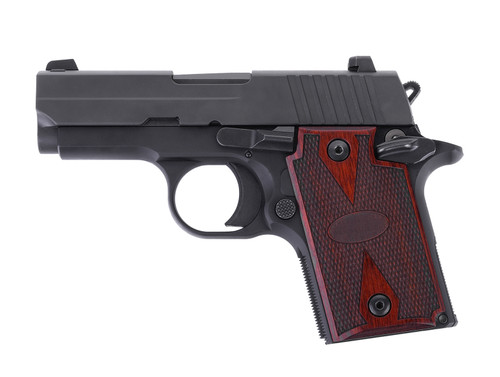
 Pro Armory Editorial Team
Pro Armory Editorial Team